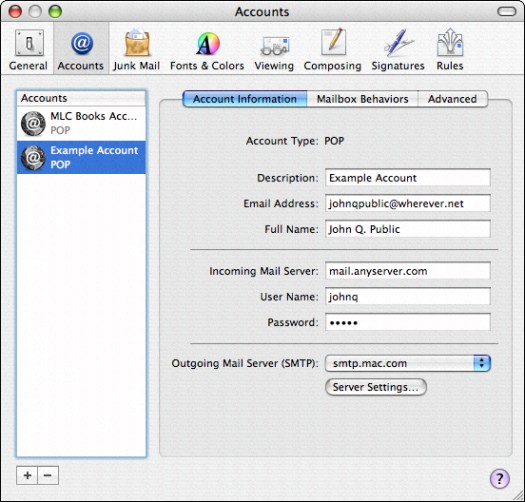


Instead, group members will send messages sporadically, often at times outside your control. There’s no automation capabilities: With a LISTSERV, you can’t create an automated workflow or develop an educational nurture campaign.In other words, members could speak negatively about your product or services, then project those complaints to other members. It needs to be moderated: A LISTSERV isn’t an automatically moderated list.While this technology has certainly stood the test of time, it does come with a number of drawbacks, including: However, it shouldn’t replace your email marketing strategy. These email discussion lists can create a lively conversation amongst list members, which - depending on your industry - is a service you might want to offer. Sure, in some cases LISTSERVs still hold a valuable place in business. While some view LISTSERVs as outdated technology, others might think, “Well, if people still use them after 36 years, they must be useful - right?” LISTSERVs are a tool used to keep in touch with a large group of people. For example, a condo association, parent group, or even a book club might leverage a LISTSERV mailing list service to stay in touch.ĭo LISTSERVs Hold a Place in Email Marketing? Other organizations: LISTSERVs are useful tools when you need an easy way for a large group to stay in touch.There, they can ask mentors questions, schedule a meetup, or organize a volunteer event. Religious groups: Sometimes, religious groups will create a LISTSERV to allow members to post messages within the group.Many times, a moderator will oversee the group, fielding questions from potential voters. Politicians: Many times, politicians will use LISTSERVs to keep in touch with their constituents.For example, view these web pages by Princeton University and Northwestern where students, faculty, and other staff can sign up to receive LISTSERV messages.
#Listservs on mac mail for gmail account software

If you did some quick math, LISTSERVs are already 36 years old - and yes, they’re still thriving. If an individual wishes to stop receiving messages from the group, they’ll simply unsubscribe from the email list.This email is then distributed to everyone within the list. Every time someone sends an email message, they’ll type into the “to” field of the outgoing email.Using a LISTSERV software, people will sign up to join your list.To start, you’ll create an email address for your LISTSERV, such as Sometimes, this group email address is referred to as the “reflector” address.To gain a better understanding of LISTSERVs, here’s how it works: While the software is still in use, many people refer to any type of list management as a LISTSERV (kind of like how you refer to an off-brand facial tissue as a Kleenex). Today, LISTSERV is actually a registered trademark, owned by the company L-Soft International, Inc. The technology took off, as universities, interest groups, nonprofit organizations, and other groups created their own electronic mailing lists to stay in touch.

As an engineering student in Paris, Thomas envisioned a software that would allow discussion groups to take place. The first LISTSERV was invented in 1986 by Eric Thomas (and, if you know your history, then yes, LISTSERV was indeed invented before the World Wide Web). Think of a LISTSERV as a community forum that takes place in your personal inbox - people can start conversations around a shared interest topic, with each comment visible to all. Within a LISTSERV, everyone emails the same email address, which then distributes the messages to each person within the list. In simplest terms, a LISTSERV is an email address that allows cross-communication between a group of people. 4 Ditch Your LISTSERV in Favor of Email Marketing What Is a LISTSERV and How Does It Work?


 0 kommentar(er)
0 kommentar(er)
